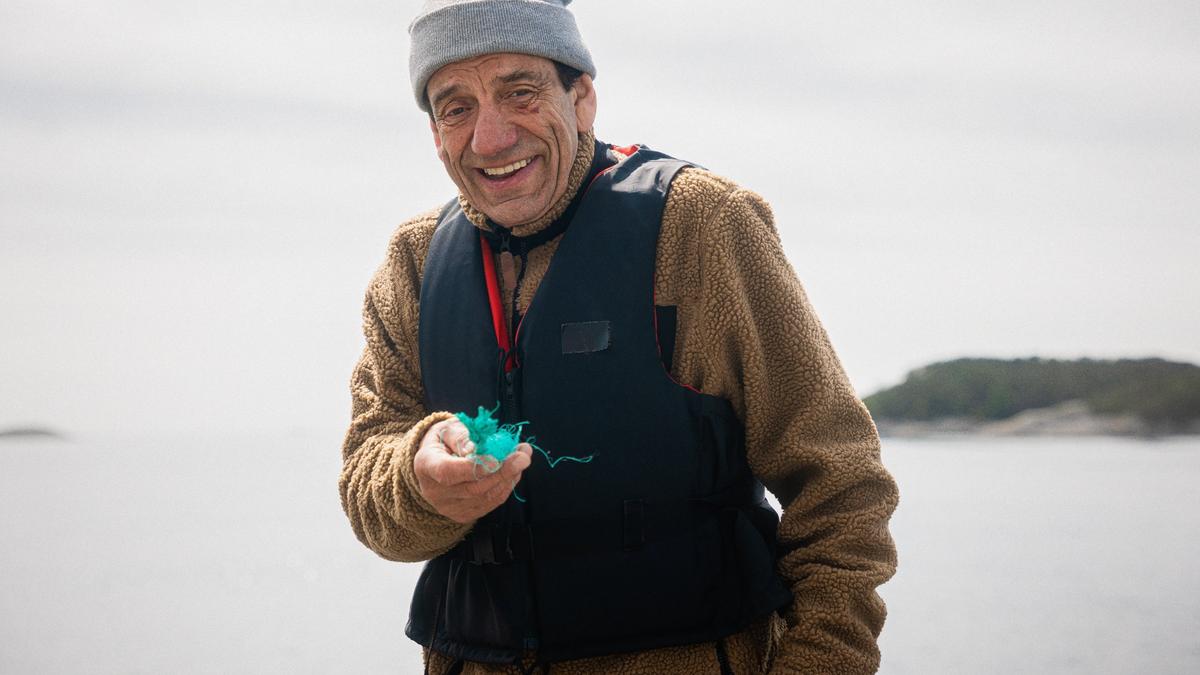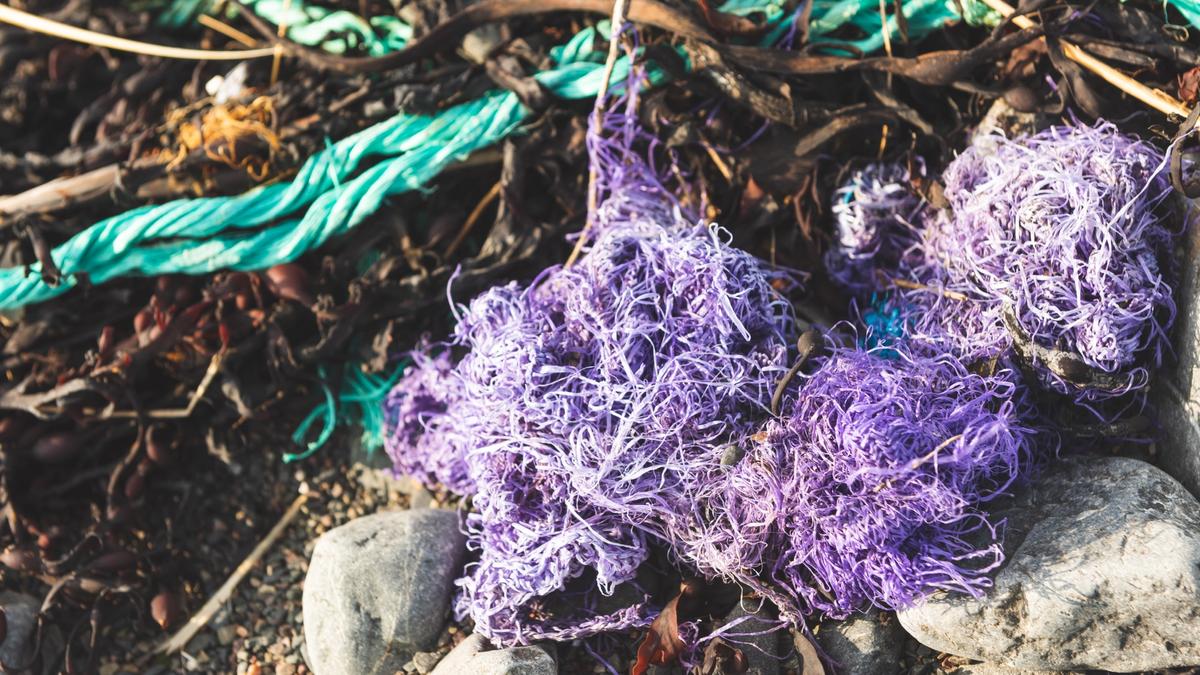Pieces of rope, cut-offs and smaller pieces of plastic constitute a serious litter issue in Norway.
The vast volume has been documented through registrations made by volunteers in Rydde, surveys conducted by professionals and research. This is how many pieces of rope were registered in Rydde in 2020 and 2021.
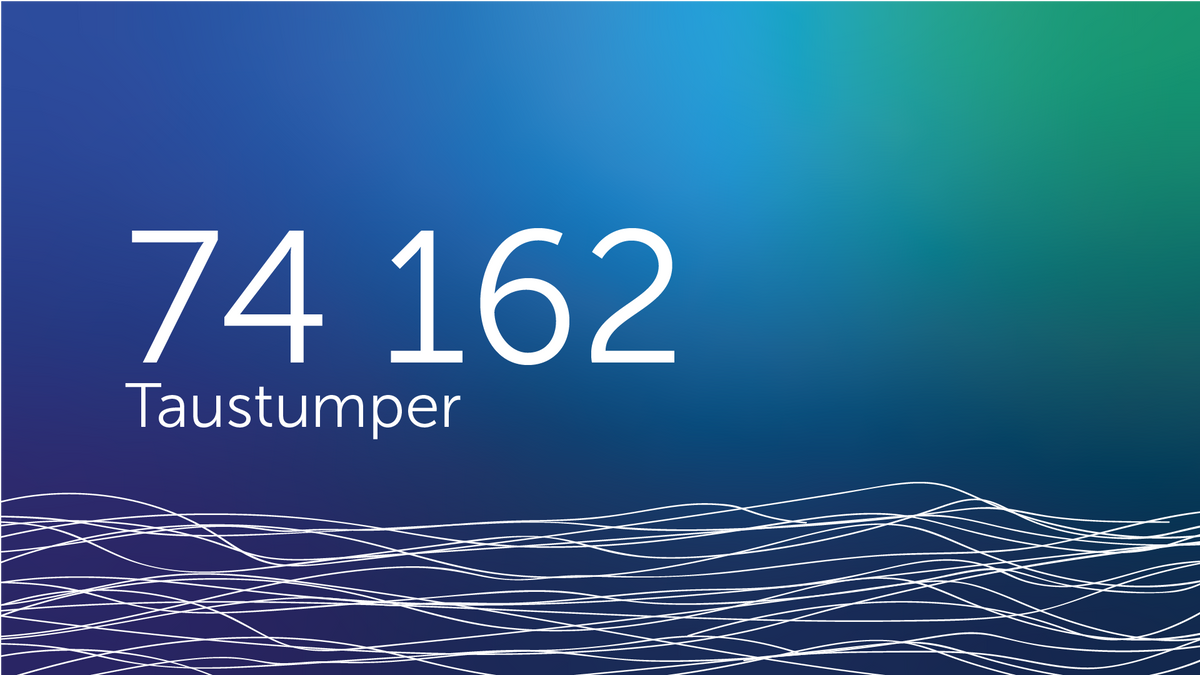
Many longer lengths of rope were also registered. Findings are registered by 20 per cent of Rydde users. A lot of clean-up operations along the coast register weight only, but not the actual findings.

In 2020, rope became the number one item from clean-ups in Norway and also came first at Miljølære, where rope accounted for 21% of findings during clean-up operations.
The year before, Mepex conducted deep-dives at 50 beaches along the entire coast. Rope accounted for 20 per cent of findings by weight and 8.6 per cent by number.
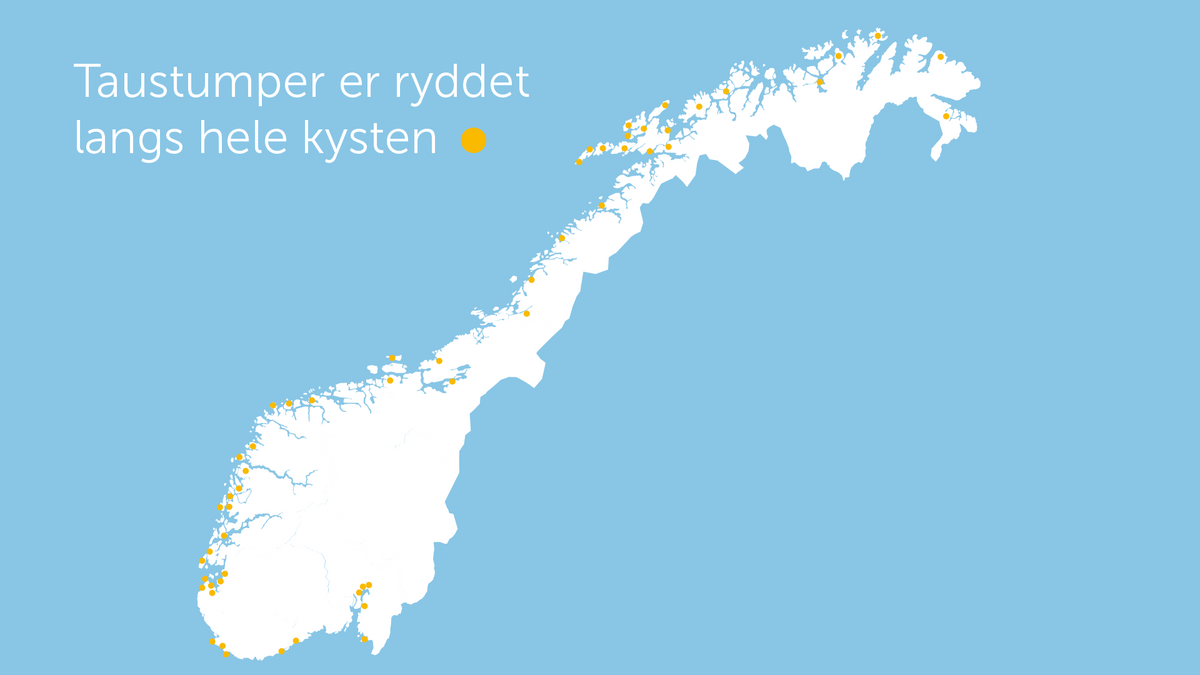
| County | Registered pieces of rope |
|---|---|
39.453 | |
11.265 | |
9053 | |
4493 | |
4586 | |
3623 | |
2542 | |
1398 | |
292 | |
187 |
This type of littering i linked to the category Fishing and aquaculture in registrations done during clean-ups, but can also come from other sea-based sources such as tourism, recreational fishing, offshore and boaters.
In Keep Norway Beautiful annual Cleanup Report from 2020, waste from fisheries and aquaculture accounted for 21.8% of cleared marine litter.
In the deep dive conducted by Mepex in 2019, fisheries and aquaculture was the largest source at 46.2%, but there were large regional differences.
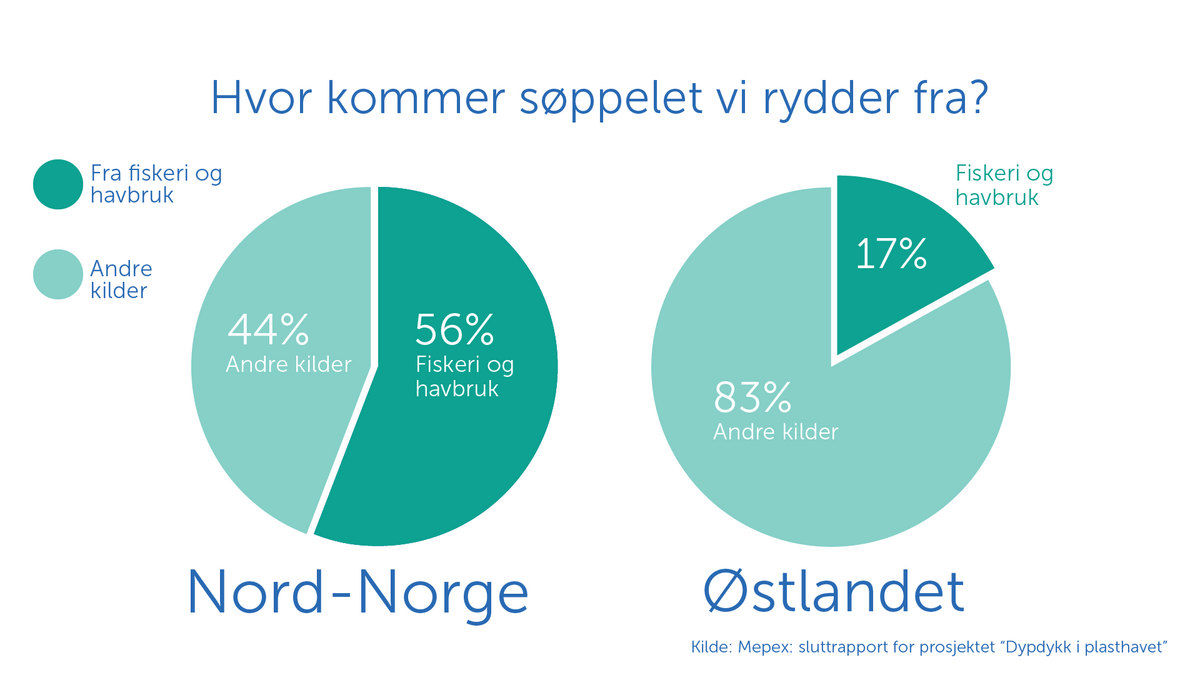
⚓💙Together, we can reduce littering💙⚓
Everyone who uses the sea can help reduce this type of plastic by being conscious of the fact that small pieces of rope that fall overboard will contribute negatively towards an already significant environmental problem. We need to do what we can to avoid dropping pieces of rope into the sea.
Why?
Because marine litter constitutes a serious environmental problem. Plastic is harmful to marine life, which we also eat and is one of the most important resources in Norway.
Clean-up operations are crucial to combatting marine litter, but only a small proportion of the plastic that ends up in the sea can be cleared. Most therefore ends up remaining in the sea. And it stays there for a very long time. Up to 600 years for materials such as nylon. It is therefore crucial that we prevent plastic from ending up in the sea in the first place. We need to stop littering.
